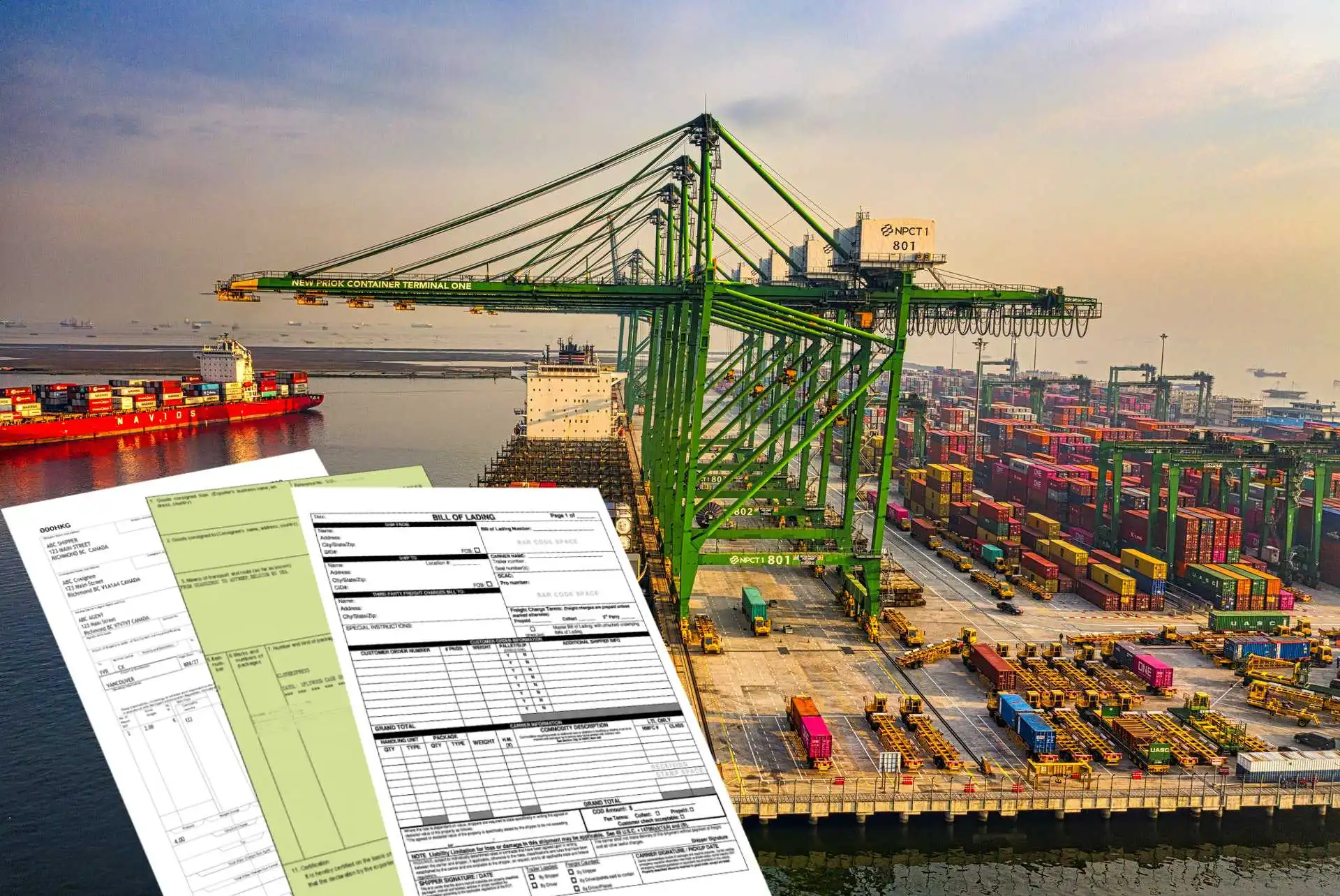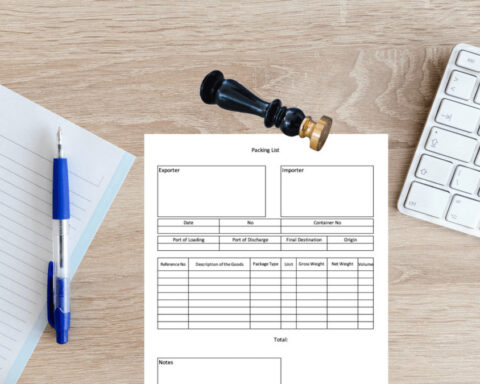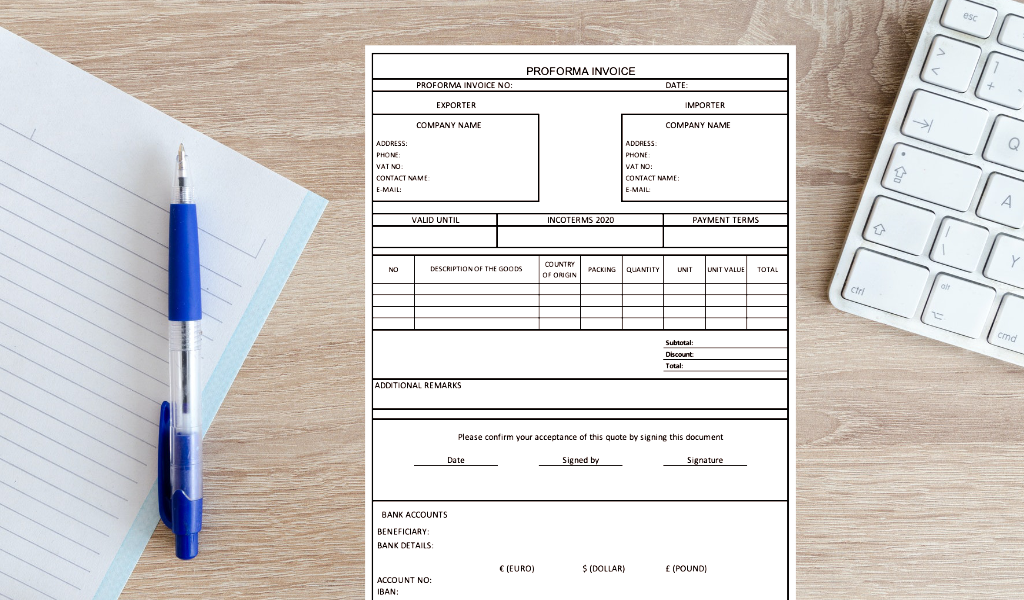Export documents, besides finding international buyers and closing the deal, constitute the most important part in international trade. Without having the knowledge of documentation, convincing prospects of buying doesn’t mean anything.
Among the essentials of international trade, having knowledge of documentation comes first. Although every country and every industry has their own special requirements, there are basic export documents that are used in the transaction of every kind of merchandise.
Proforma Invoice
Proforma invoice is an informal document to make price offers of goods and services. In advance of a formal sales agreement, the seller sends a proforma invoice to the buyer to clarify the price of goods/services; terms and conditions such as insurance, payment terms and incoterms.
Proforma invoice basically include these information:
- Proforma Invoice No and Date
- Company name, address, vat no, phone and email address of both exporter and importer
- Product
- Description
- Unit price, amount, total,
- Quantity, gross/net weight, Packaging
- Country of origin
- Payment Term
- Incoterm
- Freight
- Insurance
- Exporter’s bank account details
- Signature section
You can download a copy of PI and use it for your business.
Commercial Invoice
Commercial invoice is almost the same as proforma invoice; but unlike PI, commercial invoice includes more details relating to that specific transaction such as order number, customer reference number. It’s also of big importance as the taxes and duties are calculated as per the content of the invoice.
Packing List
Packing list is an important document that indicates the content of your cargo, informing also about the number and kind of packages (crates, carton boxes, drums, pallets etc.). It provides all the interested parties in an export-import process including exporter, importer, freight forwarder, customs broker and customs authorities of both exporting and importing countries with information about the shipment.
How to create a pl
There is not a standard format of a pl, so you can easily create one with any kind of program (word, excel, papers etc.) on your computer. All the details on your pl should match the commercial invoice. Here are the information you should include in a pl;
- Details of both exporter and importer
- Date of issuance
- Invoice no
- Description of the goods
- Quantity of the goods
- Packaging
- Marks and numbers
- Gross weight
- Net weight
- Measurements of each package
- Container no
- Port of loading
- Port of discharge
- Final destination
Why is a packing list a necessity?
In the first place, a packing list is a supporting document for reimbursement under an L/C, declaration of hazardous (or non-hazardous) material, commercial invoice, certificate of origin. To articulate other reasons for the importance of PL;
- Your freight forwarder uses the pl to make a booking with the carrier and prepare B/L.
- Pl makes it easy for customs officers to check inside the container. When necessary, they may randomly pick a box whose number is written on the pl and inspect for a number of reasons or even for lab analysis purposes.
- The importer checks and confirms the final version of order; so, when the goods arrive at the warehouse, they are sorted out and placed on the right sections according to what is indicated on the pl.
A packing list is one of the most important export documents that saves you from penalties, export restrictions, jail time as well as detention of your products at the customs of the importing country. To prevent yourself from all possible undesired consequences, you should first learn about the legal requirements and conditions of packaging, marking etc; then create your pl accordingly.
You can download a pl template and use for your business.
Certificate of Origin
Certificate of origin is an official document certifying the nationality of a product. CoO is issued by the interested chamber of commerce as per the request of the exporter for each shipment.
There are two types of certificate of origin;
- Preferential certificate of origin
- Non-preferential certificate of origin
Preferential CoOs are used for the countries that have bilateral free trade agreements or if they are part of a regional trade agreement. Preferential CoOs exempt importers from import duties; if not always exempted, they pay relatively reduced duties.
There are different types of certificates of origin and movement like EUR1, A.TR, Form A, EUR-MED. Before requesting a CoO, crosscheck with your customs broker, chamber of commerce and your customer if it’s the right document.
Alternatively you can check all the formalities from ITC’s Rules of Origin Facilitator.
Non-preferential CoOs, on the other hand, are normal documents certifying that goods are not subject to any preferential treatment. They are just used to determine the country of origin so as to calculate the duties.
Transport Document
Transport documents are international legal notes that specify the description, type, quantity, shipper, carrier, consignee and destination of merchandise issued by the carriers / agents. There are different types of transport documents specific to the transportation mode: sea, air, road or multimodal.
CMR is an international consignment note used for the carriage of goods by road internationally. CMR is non-negotiable as it’s not a document of title.
AWB (Air Waybill) is also a legal non-negotiable document used for air freight and acts as evidence of the contract of carriage from airport to airport.
Ocean Bill of Lading is used in maritime transportation and issued by a carrier to acknowledge receipt of cargo for shipment . Unlike non-negotiable B/Ls, it instructs the carrier to deliver goods to anybody who presents an original endorsed negotiable bill of lading at the discharge port.
In the case that the goods are carried via two or more transport modes, the transport document is Multimodal Bill of Lading FBL which is issued by authorized forwarders integrated into FIATA (International Federation of Freight Forwarders Associations).
Normally a Multimodal B/L is not negotiable, but if it is issued “to order” and the last leg of the carriage is a sea freight, it is regarded as negotiable.
Customs Declaration
Customs declaration is a legal document specifying the details of merchandise that are being imported or exported. It’s essentially used to ensure trade in terms of compliance and paying the correct duties. They are lodged at the customs by the exporter or a representative (customs broker) and the goods are free to go if they are compliant.
Others
Bank Draft: Used in a documentary collection transaction, bank draft (Bill of Exchange) is a written order that the exporter attaches to the export documents and presents to his/her bank. With this draft, the exporter instructs -through its own bank- the buyer’s bank to collect the sum of money from the buyer in exchange for the documents. Depending on the agreement, it could be at sight or at a fixed future date.
Letter of credit: L/C is a written document issued by the importer’s bank on importer’s behalf sent to the exporter (beneficiary). Exporter is bound to ship the goods and present the documents in accordance with the terms and conditions of the L/C. Thus, the exporter should sift through the L/C carefully before accepting it.
Shipper’s Letter of Instruction: SLI is an instruction form from the exporter to the freight forwarder instructing how and where to handle the export shipment. Regardless of who hired the forwarder, the exporter provides an SLI to successfully move the goods.









